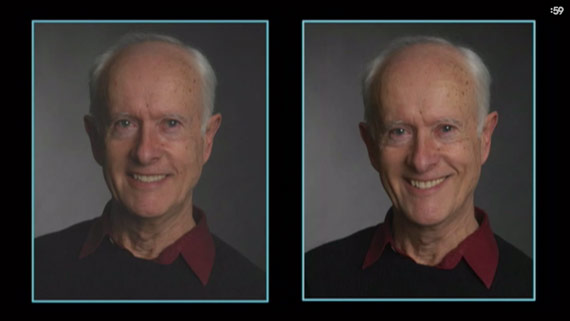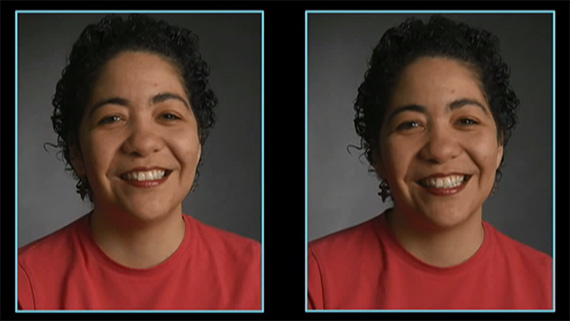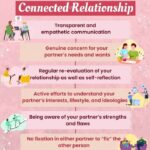Discover the secret to deciphering real smiles from fake ones with our comprehensive Smile Dating Test! In the complex world of dating, learning to spot genuine vs. fake smiles can be a game-changer in determining the sincerity of your potential partner. Our in-depth guide unveils the science behind smiles while providing valuable tips and insights to help you navigate the dating scene with confidence. Say goodbye to guesswork and hello to authentic connections as you master the art of unmasking true emotions through the power of a smile.
Uncovering the Science Behind Genuine and Fake Smiles: The Role of Facial Muscles and Expressions

Diving into the science of smiles, we can differentiate between genuine and fake smiles by examining facial muscles and expressions. Genuine smiles, known as Duchenne smiles, involve the contraction of both the zygomatic major and the orbicularis oculi muscles. This leads to the uplifting of the corners of the mouth and the formation of crow’s feet around the eyes. On the other hand, fake or non-Duchenne smiles only engage the zygomatic major muscle, resulting in a smile that lacks the characteristic eye crinkles. By understanding the role of these facial muscles and expressions, we can better identify true emotions and enhance our dating experiences.
Decoding the Language of Smiles: Key Differences Between Authentic Happiness and Pretense in Dating

In the complex world of dating, decoding the language of smiles can be a valuable skill to distinguish between authentic happiness and pretense. Genuine smiles, known as Duchenne smiles, involve not only the mouth but also the eyes, which crinkle at the corners, reflecting true joy. Fake smiles, on the other hand, tend to be limited to the mouth, often appearing forced and unnatural. By understanding these key differences, you can confidently navigate your dating journey, recognizing potential partners who display genuine happiness and emotional connection. This insight will pave the way for more meaningful and fruitful relationships, powered by the knowledge of how to spot true smiles in the dating scene.
Mastering the Art of Smile Detection: Practical Tips and Techniques for Identifying True Emotions in Potential Partners

In the quest for love, mastering the art of smile detection can be a game changer. By honing your skills in identifying true emotions, you can distinguish between genuine and fake smiles, increasing the likelihood of finding a sincere partner. To excel in this area, focus on observing subtle facial cues: genuine smiles, also known as Duchenne smiles, involve the crinkling of the eyes and lifting of the cheeks, while fake smiles only engage the mouth. Additionally, pay attention to the timing and duration of a smile, as authentic expressions tend to be spontaneous and short-lived. Equipped with these practical tips and techniques, you’ll be better equipped to navigate the dating scene and spot potential partners who are genuinely interested in you.
The Power of a Genuine Smile: How Authenticity in Smiling Builds Trust and Attraction in the Dating World

In the ever-evolving dating landscape, the power of a genuine smile cannot be underestimated. Authenticity in smiling has a profound impact on building trust and attraction, as it conveys warmth, sincerity, and emotional connection. A real smile, scientifically known as a Duchenne smile, engages not only the mouth but also the eyes, creating an inviting and magnetic pull. In contrast, a fake smile can be easily detected and may send negative signals about one’s intentions. By mastering the art of distinguishing between genuine and fake smiles, you can significantly improve your dating success and forge meaningful connections with potential partners.
Navigating the Smile Spectrum: The Impact of Cultural and Personal Factors on Smile Perception and Interpretation in Romantic Relationships

Navigating the Smile Spectrum in romantic relationships is crucial for understanding the authenticity of a partner’s emotions. Cultural and personal factors play a significant role in shaping our perception and interpretation of smiles. For instance, individuals from collectivist cultures may exhibit more genuine smiles as a form of social bonding, while those from individualistic societies might display more fake smiles to maintain a positive image. Similarly, personal experiences and upbringing can influence one’s ability to differentiate between genuine and fake smiles. By being aware of these intricacies, individuals can better navigate the complex world of smile dating and foster stronger, more genuine connections with potential partners.



